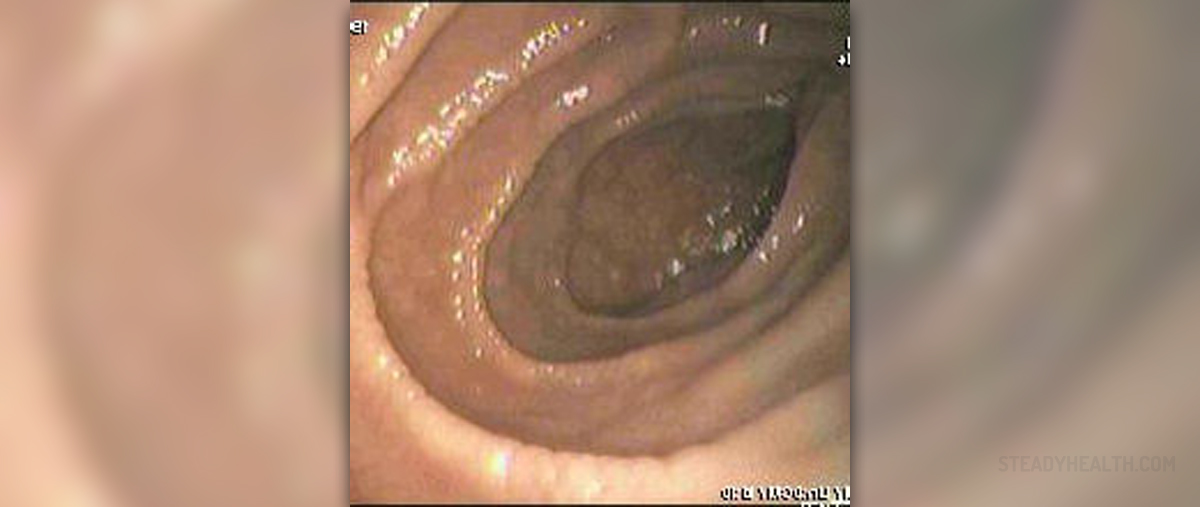
Lyme disease is an infectious disease caused by Borrelia burgdorferi, a spiral bacterium. It is not possible to contract the bacterium in any other way except for being bitten by an infected tick. Ticks are, therefore, considered vectors and they transmit the bacteria once they come in contact with humans.
The infection can be quite severe, especially if it is not recognized and treated on time. Many organs and organ systems can be affected, including the eyes.
Lyme Disease - Symptoms and Signs
Approximately 60-80% of all patients who have contracted the harmful bacteria will develop a red, spreading rash. This rash occurs at the site of a tick bite and is medically known as erythema migrans. Patients additionally complain about fever, flu-like symptoms and swollen lymph glands. The rash may withdraw spontaneously within 3-4 weeks but it may also reoccur.
Since around 50% of patients do not remember being bitten by a tick, this can make diagnosing the condition hard. Such patient may also be diagnosed later and treated only when some complications of the infection occur. Left untreated, Lyme disease affects many organs and organ systems causing damage to the eyes, joints and heart.
Finally, three weeks or several months after being bitten, approximately 20% of patients will develop some neurological signs or meningitis. Many times patients develop facial palsy.
Arthritis is also commonly reported. It occurs six month after the tick bite or even later.Lyme Disease - Damage to the Eyes
The eyes are not always affected by Lyme disease. However, if they get affected, there are different clinical manifestations of the disease.
Initially, patients usually develop conjunctivitis (pink eye). The eyes become inflamed, red and there may by eye discharge present. This type of conjunctivitis is not contagious i.e. cannot be passed to other people.
Much later, patients experience eye inflammation. The parts of the eye that typically get inflamed are the uvea (the middle layer in the eye), the cornea, the iris and the choroid. Such patients usually complain about increased sensitivity to light as well as spots in front of the eyes.
Patients suffering from Lyme disease may also develop optic neuritis, inflammation of the optic nerve that can cause permanent vision loss.
Finally, in individuals who have developed facial paralysis and who cannot close their eye, the eye becomes dry, susceptible to infections and corneal ulcerations.Lyme Disease Treatment Options
Only in initial stages infection is successfully treated with oral antibiotics such as doxycycline and tetracycline.
Later, when the disease has progressed and patients have developed arthritis, neurological problems or eye inflammation, treatment becomes much more complex and specific including a variety of medications. Unfortunately, most patients end up with sequelae.
















Your thoughts on this
Loading...